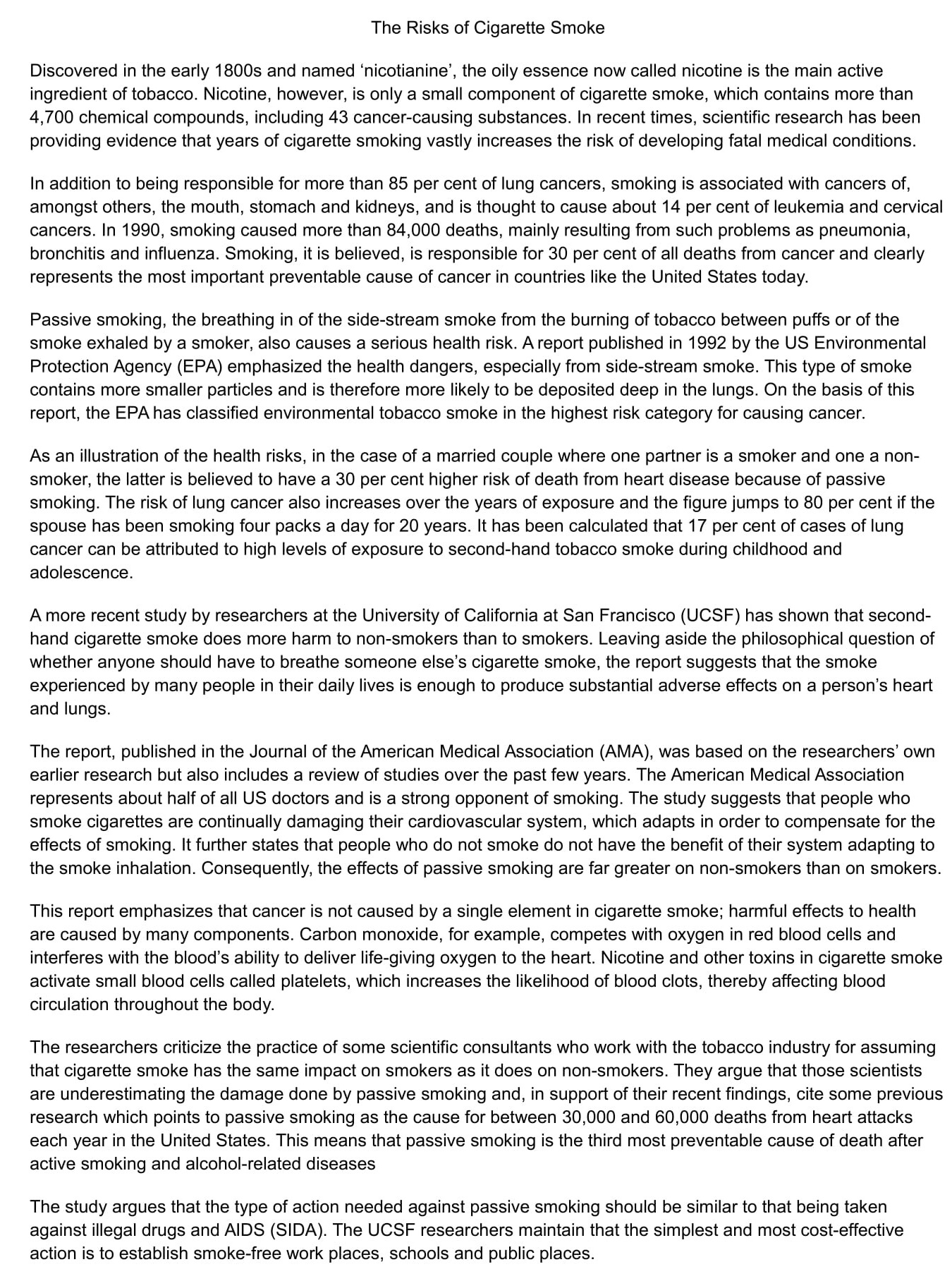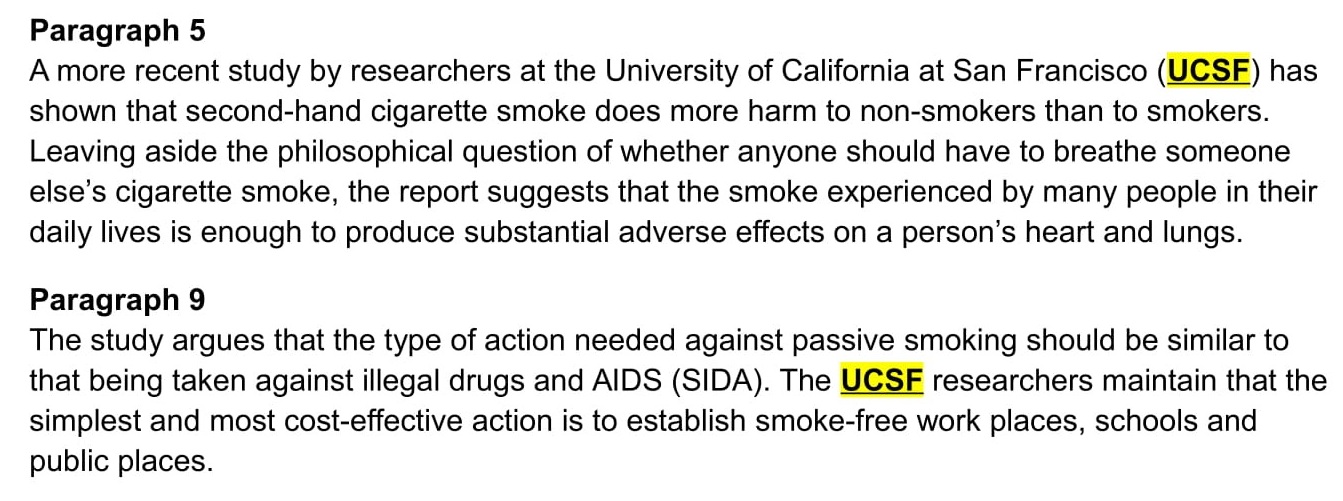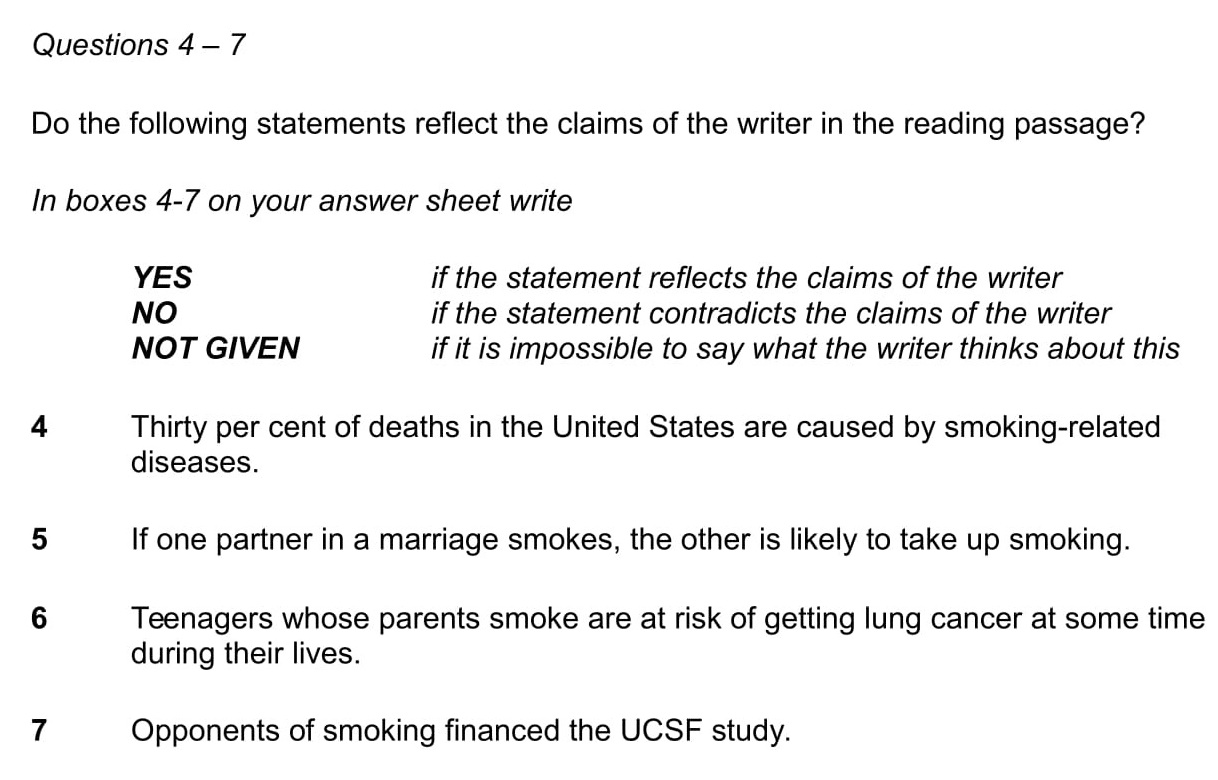IELTS Reading Exercise
How To Answer a Yes, No, Not Given Question
This IELTS Reading exercise is a Yes, No, Not Given (Y/N/NG) question that I’m going
to show you how to answer step-by-step.
Many students find this question type challenging so understanding how to answer them and practicing on your own is vital for a good score.
I’ve also written a whole page on Yes, No, Not Given Questions that’s full of more information and tips and has another IELTS reading exercise for you to learn from. Click the link to visit the page.
It includes:
- Explanation
- The big challenge
- 8 Top tips
- Proven strategy
- Examples & model answers
Here are just a few key things from that page
that you need to know before we start work on our question.
Explanation of Y/N/NG questions
For Y/N/NG questions, you will be given a set of statements and a text. Your task is to decide which of the following applies to the information in each statement:
- it agrees with the views of the writer – YES (Y)
- it disagrees with or contradicts what the writer thinks – NO (N)
- it is impossible to know what the writer’s point of view is – NOT GIVEN (NG)
The Big Challenge
The challenge with Y/N/NG type
questions is that for some statements, the NOT GIVEN ones, you will be searching
for information that’s not there.
It’s very easy to waste a huge amount of time going over and over the text to check that you haven’t missed the information.
Answer Types & Order
There will be at least one of each answer type – Yes, No and Not Given. So, if you don’t have at least one of each when you’ve completed the question, you’ve made a mistake.
The answers appear in the same order in the text as the order of the statements.
Writer’s view
The view or opinion of the writer may not be immediately clear from the text. You may have to determine this through what they say.
IELTS Reading Exercise for Yes, No, Not Given
So, let’s look at the IELTS reading exercise we’re going to be working on. If you want to use it as a practice test, have a go at answering it yourself before reading my instructions.
I’ve added a PDF of the text and statements that you can download to make it easier to work on. The answers are at the bottom of this page.

Download PDF of the IELTS Reading exercise.
Step-By-Step Instructions
1) Read the instructions carefully to make sure that you know what type of question it is and what you have to do.
2) Read the statements and try to understand the general
meaning of each. Do this before reading the text. After reading them, you will
have a good idea of what the text is about.
3) Go to the first statement and pick out a key word to scan the text for. Note that you don’t need to read the whole text. You just need to locate the parts with the answers in.
4 Thirty per cent of deaths in the United States are caused by smoking-related diseases.
The best one to select is ‘thirty per cent’ as it is very specific whereas ‘deaths’ and ‘disease’, other possible, are more general and likely to appear often in a text about cigarette smoking.
Also, when a percentage is written in a statement, you can be almost certain that a synonym will be used in the text, in this case, 30% or 30 per cent. Being a number, it will be easy to find.
Now scan the text. What we’re looking for is in the final sentence of the second paragraph.
Smoking, it is
believed, is responsible for 30 per
cent of all deaths from cancer and clearly represents the most
important preventable cause of cancer in countries like the United States
today.
This
is the location of the answer. Now read this sentence in detail to see if the
information matched the statement. Take great care doing this as there may
be only a small difference in the information. It must be an exact match to be
true.
In this case, it does not match:
Statement – ‘Thirty per cent of deaths’
Text – ‘30 per cent of all deaths from cancer’
The statement refers to ‘all deaths’ while the text only talks about ‘deaths from cancer’.
Answer: NO
4) Read the second statement and choose key words to scan for.
5 If one partner in a marriage smokes, the other is likely to take up smoking.
Before you scan, quickly think of obvious synonyms that might be used here, such as ‘spouse’ for ‘partner’ or different forms of the word ‘marriage’.
Now scan for these. Since the answers are in order in the text, you can start scanning from the location of the last answer.
The words we need are in the first sentence of paragraph 3.
As an illustration of
the health risks, in the case of a married
couple where one partner
is a smoker and one a non-smoker, the latter is believed to have a 30 per cent
higher risk of death from heart disease because of passive smoking.
The information doesn’t agree with the statement. Skim read the rest of the paragraph in case it comes up in the next few sentences. It doesn’t so you can conclude that it’s not there.
Answer: NOT GIVEN
It’s always tempting to carry on searching the text for the information. Don’t waste time doing this. Make your decision and move on.
5) The most obvious key word to scan for in statement 6 is ‘teenagers’. However, it’s very likely that the synonym ‘adolescent’ or a derivative of it will be used in the text instead so look out for this as well.
6 Teenagers whose parents smoke are at risk of getting lung cancer at some time during their lives.
My guess was right. ‘Teenagers is not present, but ‘adolescence’ appears in the last sentence of paragraph 4. This sentence also contains other key words from the statement – ‘lung cancer’, so we know we have the right location.
It has been
calculated that 17 per cent of cases of lung cancer can be attributed to high
levels of exposure to second-hand tobacco smoke during childhood and adolescence.
Now read the sentence carefully to find out if the
information is the same. There's a lot of paraphrasing here, but the statement
and the text both say essentially the same thing.
Answer: YES
6) If there's an acronym in a statement, as in this final statement, use it as the main key word because it will be easy to scan for.
7 Opponents of smoking financed the UCSF study.
It occurs twice in the text; once in paragraph 5 and again the last paragraph. The answer will be in one of them.
We discover that UCSF stands for University of California at San Francisco, although we don’t really need to know this to answer the question.

The
other key word in the statement is ‘financed’ so now skim read the two
paragraphs for any information relating to ‘money’ or ‘finance’. There is no
mention at all.
Answer: NOT GIVEN
So, that completes this IELTS reading exercise. I hope you’ve found these instructions helpful. Use all the tips you’ve learnt to practice answering other similar questions. You’ll be surprised at how quickly your skills and confidence improve.
As already mentioned, I’ve created a full page on Yes, No, Not Given Questions, including another IELTS reading exercise. Click the link to read it.
Answers
4 NO
5 NOT GIVEN
6 YES
7 NOT GIVEN
Like this page?
Find More IELTS Reading Exercises
on These Pages
Step-by-step strategies for answering the 12 different types of IELTS Reading questions with examples and practice tests.
You'll Also Find IELTS Reading Exercises Here:
IELTS Reading Sample – True, False, Not Given sample test
IELTS Reading Samples – Matching Headings & Diagram Labelling sample tests
IELTS Reading Practice Test – More examples of Matching Headings and a Diagram Labelling questions & how to answer them
More Reading Test Practice – Matching Information sample test
IELTS Reading Tests – Two strategies for answering Name Matching questions
IELTS Reading Paper – Multiple Choice sample test
Reading Tests For IELTS – Summary Completion test








